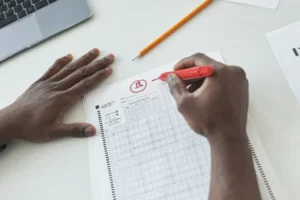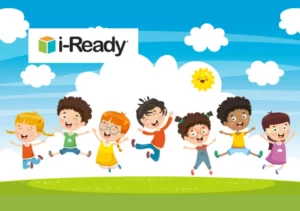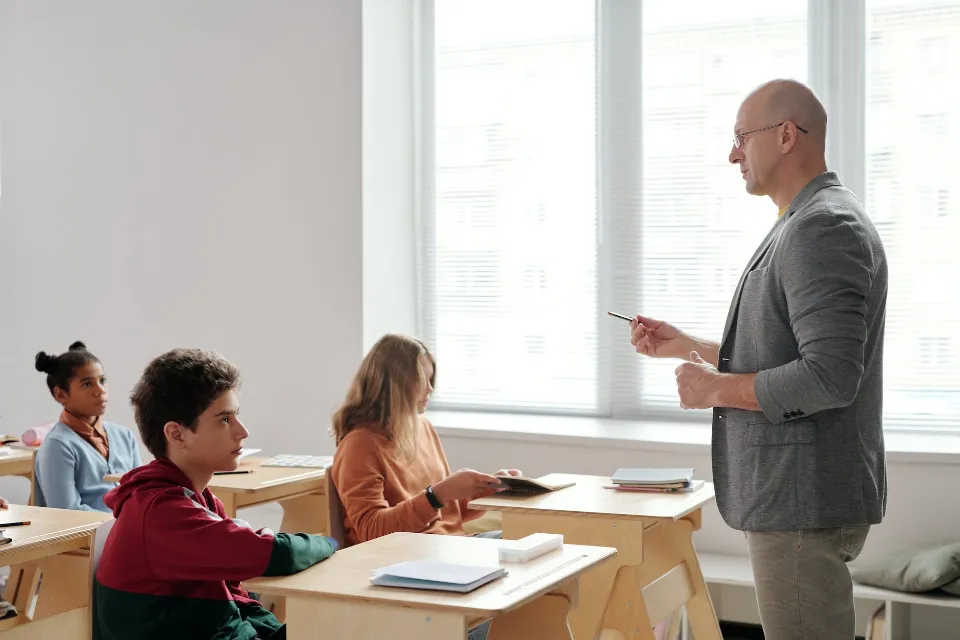
6 Effective Tips on How to Maximize Instructional Time in the Classroom
Each teacher and each student will have a different idea of what it means to maximize instructional time. Here are a few tips on maximizing instructional time in the classroom.
Time is a valuable resource, as every teacher is aware. Finding enough time in the school day to meet all of your student’s needs, take care of daily chores, and complete curriculum objectives can be difficult. The significance of lengthening meaningful learning time grows as academic standards do.
Some significant classroom management processes promote the maximization of instructional time:
Schedule Your Day to Reduce Transition Time
Any time students switch from one activity to another, it is considered a classroom transition. Transitional moments occur when students enter the classroom, leave for specials, switch from math to science, and more.
Be as transition-conscious as possible when organizing your day’s activities. Consider which tasks can be transferred from one to the other with the least amount of disruption.
Create Routines for Everything!
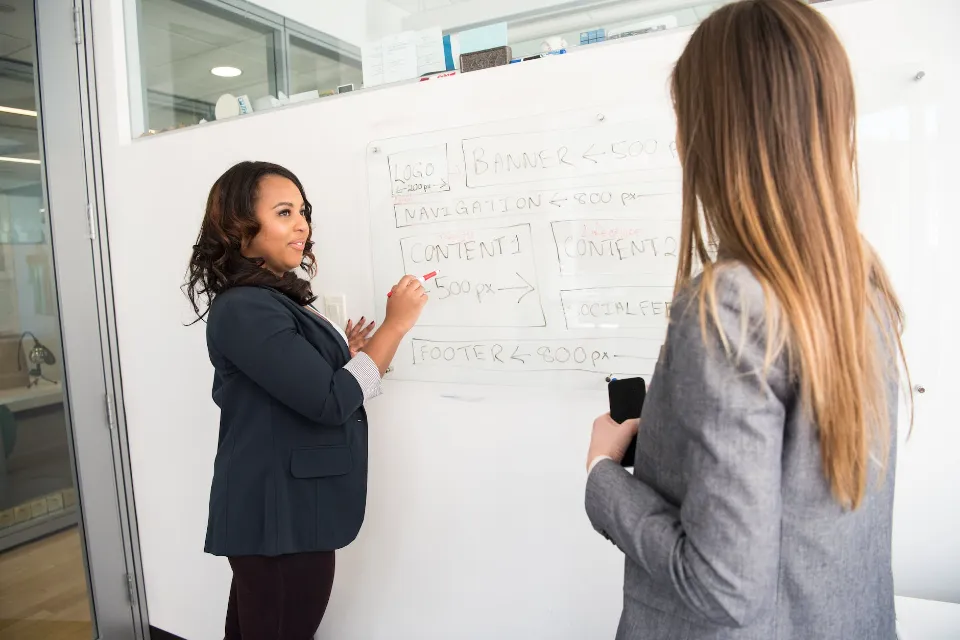
Ok, so maybe not everything, but at least everything is important to you. How should schoolchildren sharpen their pencils? What about disposing of trash? Water or restroom breaks? What should a student do in the event that they finish early? What do they do when they come into the classroom at the start of the day? At the end of the day, how do students pack up?
Make a plan that works for you and your classroom after considering every step.
Quick Transitions!
Quick transitions from one task to the next are one way to make the most of teachers’ available time. Because transitions provide a chance for students to become distracted, a lot of time can be lost when they are not handled properly.
Make time in your schedule at the start of the school year to repeatedly practice transitions. Budget time for correcting errors in procedures and repeating them. You’ll have more time later on in the year if you take that time early on.
Additionally, it can be beneficial to set aside some time during the course of the academic year to review classroom procedures, keep them fresh in students’ minds, and remind them of your expectations. When it’s time to transition, give clear instructions. Tell them exactly what you want to happen and give them a deadline.
For the first day of school, teachers should create some classroom rules with students:
- Preschool Classroom Rules
- Classroom Rules for Kindergarten
- Classroom Rules for Elementary School
- Classroom Rules for Middle School
- Classroom Rules for High School
- Classroom Rules for First Graders
- Classroom Safety Rules
Eliminate Unnecessary Tasks for Both Teachers & Students
According to at least one study, students learn more when they spend more time engaging in quality academic learning activities (ALT). This seems to be a no-brainer. But that raises the query: How much time is dedicated to engaged learning?
To make the most of your instructional time, take a look at your classroom procedures and find anything that can be eliminated. In a school day, even a few minutes can add up to make a big difference.
Set a Timer!
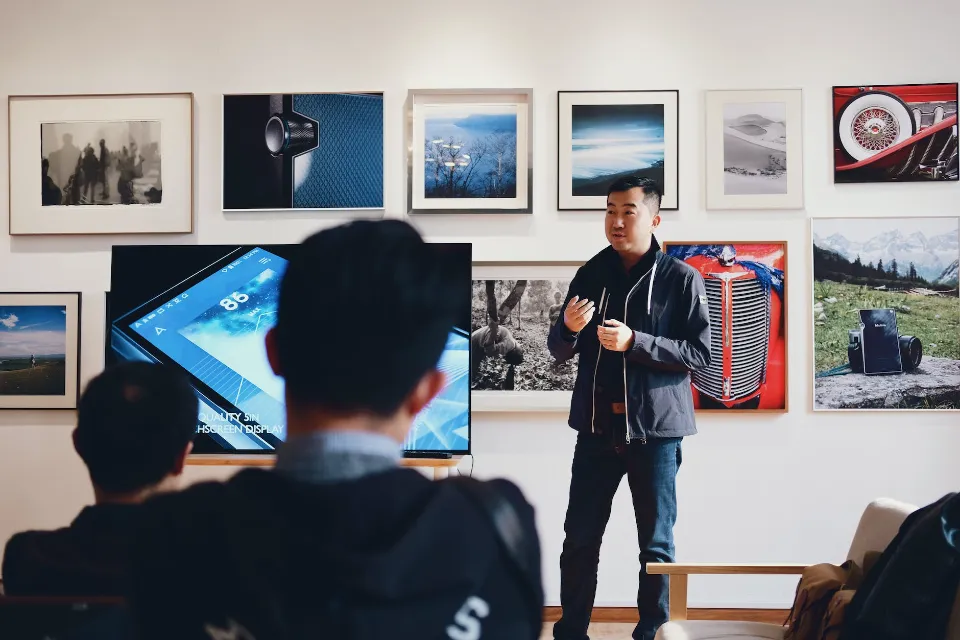
You will save time whether you use a timer for a single task, a group task, or even center time during guided reading. How much time is wasted while waiting for the last straggler to complete an assignment will surprise you. Additionally, it provides the remainder of the class with plenty of time to divert attention from one another.
Set a timer, review the work (focus on the key learning objectives to help those stragglers), and move on. Setting timers for center and group work also motivates students to get to work and avoid wasting too much time in transition or simply socializing. Additionally, it facilitates quick transitions.
Classroom Management Tips
There are a few areas of classroom management that teachers can focus on to save time during the school day.
- Daily schedule – Examine your daily schedule before the start of the school year to see if there are any time slots that could be used more effectively. In the morning, consider providing a “warm-up” activity or worksheet for students to complete independently while others arrive and you take attendance. Have a bin of independent activities close to your classroom’s turn-in bins if you have early finishers. You can increase students’ active learning time by making the most of brief periods of time during the day.
- Classroom routines – The more you streamline and standardize your routines, the more instructional time you’ll have. Students must understand the rules and expectations for everything in order to make the most of the instructional time during the school day. Students of all learning preferences will gain from your explanations, visual aids, and hands-on practice of your procedures.
- Transitions – Making a seamless transition for the students from one activity to the next can be challenging. But for the classroom to be as productive as possible, transitions must be smooth. By the end of the year, you will have 45 more hours of instructional time if you can save 15 minutes each day by designing efficient transitions. Timers are excellent tools to use to help you and your students stay on track.
- Classroom jobs- In addition to saving teachers time, classroom jobs help students learn responsibility, acquire life skills, and advance the five social and emotional learning competencies.
Conclusion: Maximize Instructional Time in the Classroom
One thing to keep in mind is that effective classroom management is the key to making the most of your teaching time. From the time they arrive until they are dismissed, students should be aware of how the classroom operates. If you comprehend that, then you ought to have class time that runs smoothly.
We need to be able to make the most of the classroom’s instructional time because we don’t have a lot of money. To succeed, make use of classroom management strategies, lessons that integrate several disciplines, resources from your curriculum, teacher friends, and the internet.
FAQs
Why is It Important to Maximize Instructional Time?
A teacher who loses as little as five minutes of instructional minutes per day due to inefficiencies wastes fifteen hours of opportunity over the course of a 180-day school year. Every student would likely benefit greatly from the additional time, but those who struggle with learning in particular.
What is the Most Appropriate Way to Maximize Learning?
But the best way to maximize learning is the awareness of the cognitive or grasping ability of the child as well as the teachers’ own cognitive level. Individual differences and cultural differences are common in each classroom. So these are not hindrances in learning.

